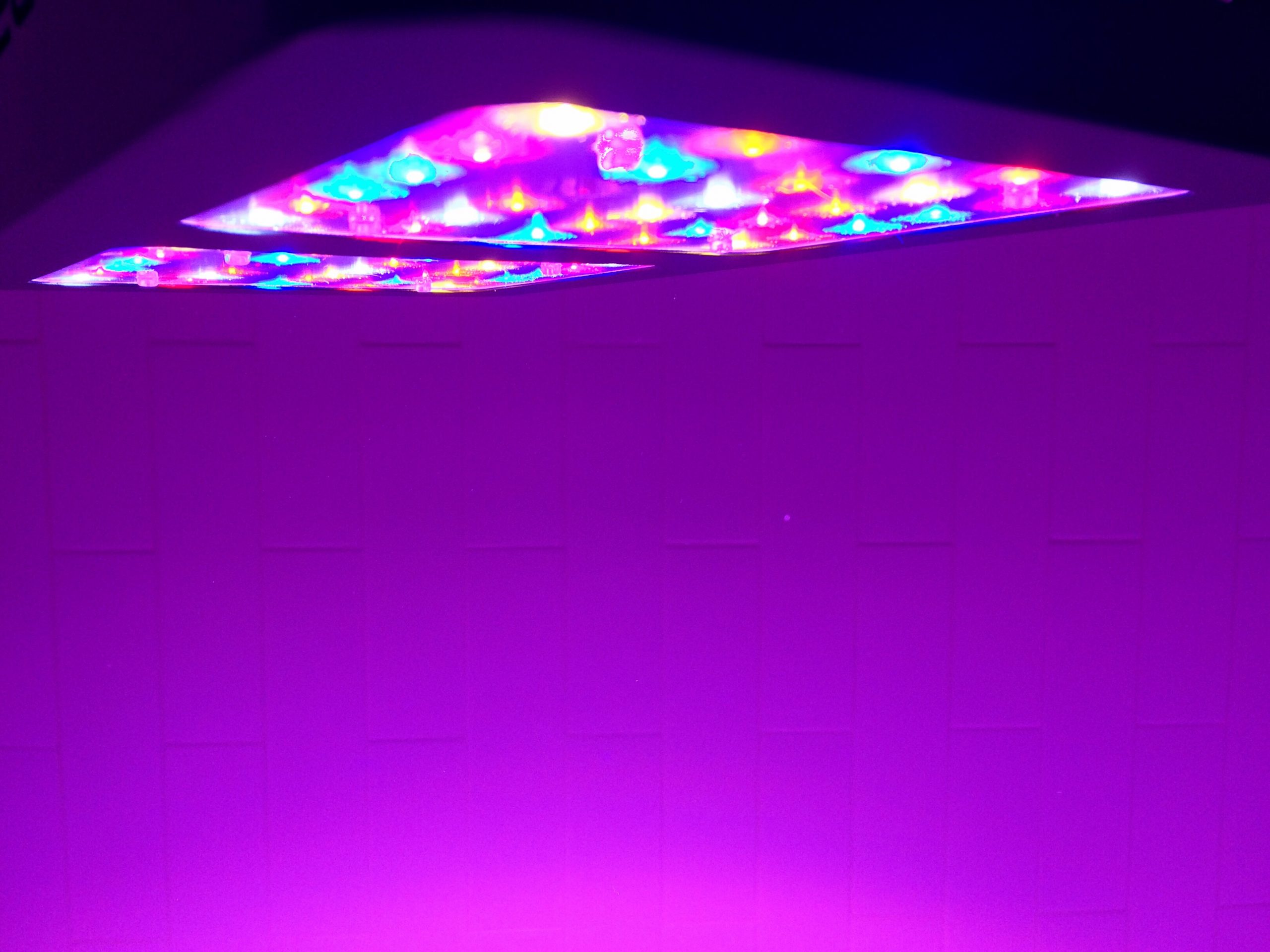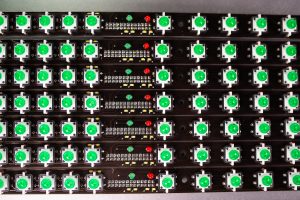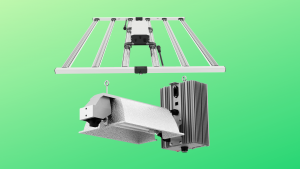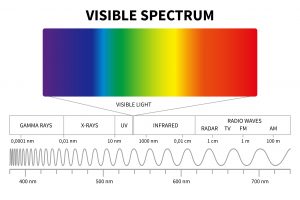Indoor gardening has never been easier. Grow lights for indoor plants allow you to cultivate a good form of plants at any climate during any time of year. These growing lights are specially designed to substitute natural sunlight, stimulating photosynthesis and providing the correct visible spectrum where the plant can grow and flourish. With the proper fixture or bulb, you’ll be able to have delicious tomatoes within the dead of winter or award-winning violets year-round. buy indoor grow lights.
There are a variety of forms of grow light types available, each with its own strengths and characteristics. Here’s an orientation a way to choose the most effective growing lights for your situation, likewise as a way to properly set them up.
Choosing a Grow Light Type – Grow Bulbs vs. lighting
Should you swap out the bulbs in existing light with special grow bulbs, or must you buy a fresh fixture with built-in lighting? It all depends on what you’re searching for – convenience and price or specialized quality.
Grow light bulbs are the cheaper option. for many people, it’s easier to use moreover. Just take an old lamp or ceiling light that needs bulb replacement, and go into a specially-designed grow bulb.
Grow lighting fixtures are dearer, but they provide a more holistic solution. one fixture can provide the illumination for multiple plants, dispersing the lighting evenly throughout the space. Because these fixtures are specifically designed for grow light purposes, they have a tendency to supply a fuller light spectrum range than cheaper light bulbs.
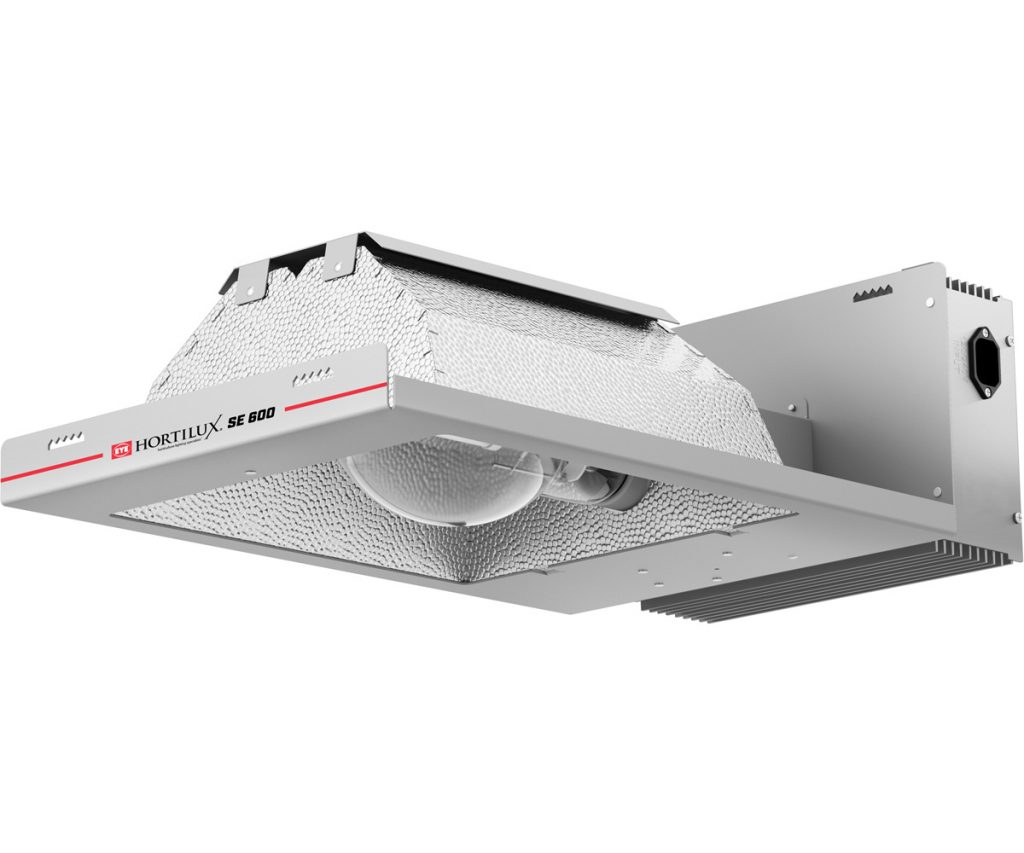
Should I buy an Incandescent Light, Fluorescent Light, or LED Plant Grow Light?
Incandescent grow lights are the smallest amount expensive technology, but they’re also the smallest amount energy-efficient and have a comparatively high heat output.
Fluorescent lights have a coffee heat signature and produce a good spectrum of sunshine for growing. they typically come as tube lights or compact fluorescent (CFL) reflectors. Growing with fluorescent lights may be a more energy-efficient option than growing with incandescent lights, but they have an inclination to be a costlier option.
LED grow lights offer the most recent technology on the market today. Extremely energy-efficient, they need an ultra-low heat output and offer a perfect light spectrum range. Offering low energy usage, low heat, and color optimized for growth, LED lights are the foremost efficient, effective, and customer-friendly thanks to grow plants reception than growing with fluorescent lights or incandescent lights.
High-Intensity Discharge or HID bulbs produce light through an electrical arc between tungsten electrodes inside a tube fused with alumina. These specialty bulbs have an awfully high light output level and are commonly employed by commercial growers.
Metal Halide lights use mercury vapor mixed with metal salts to make a strong light. They use a special fixture and, like HIDs, are commonly utilized by commercial outfits.
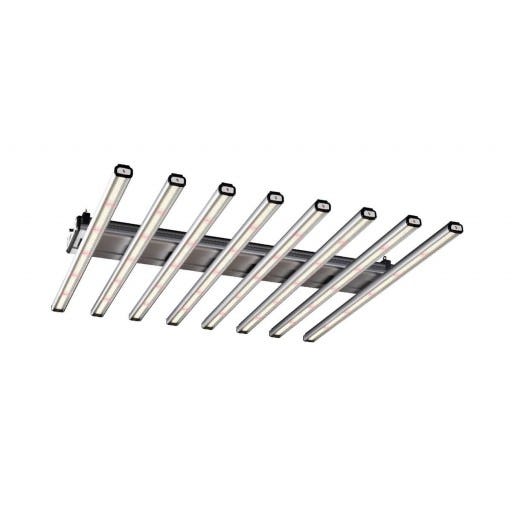
What Color Light is Best for Plant Growth?
Violet-blue light within the 400 – 520 nanometer range encourages chlorophyll absorption, photosynthesis, and growth.
Red light within the 610 – 720 spectrum range promotes flowering and budding.
Grow lights should provide the correct spectrum of sunshine for photosynthesis, which is key to plant growth. Before purchasing a lightweight, make sure to test out the provided spectrum. Lights that provide a full spectrum are the perfect choice for your growing space.
This is where LED lights are available in handy. Most LED growing lights offer both varieties of spectrum lighting, so you’ll get all the advantages.
Setting Up an enclosed Plant Growing Area
How does one get sufficient light for houseplants and nursery areas? Here are 3 tips about the way to best founded your space.
Consider your nursery plot. Whether it’s one shelf, a basement area, or a complete room, have a look at what quantity space you have got. Pot plants and beddings accordingly.
Depending on the kind of plant, group the pots or trays 4 to eight inches apart to permit for growth and straightforward access for pruning and care.
You’ll also want to create sure you buy lights that will illuminate your entire plantings area. you’ll need over one bulb or source of illumination to completely cover your growing area. looking at the dimensions, you’ll only have to use only 1 light for houseplants, otherwise, you may have more.
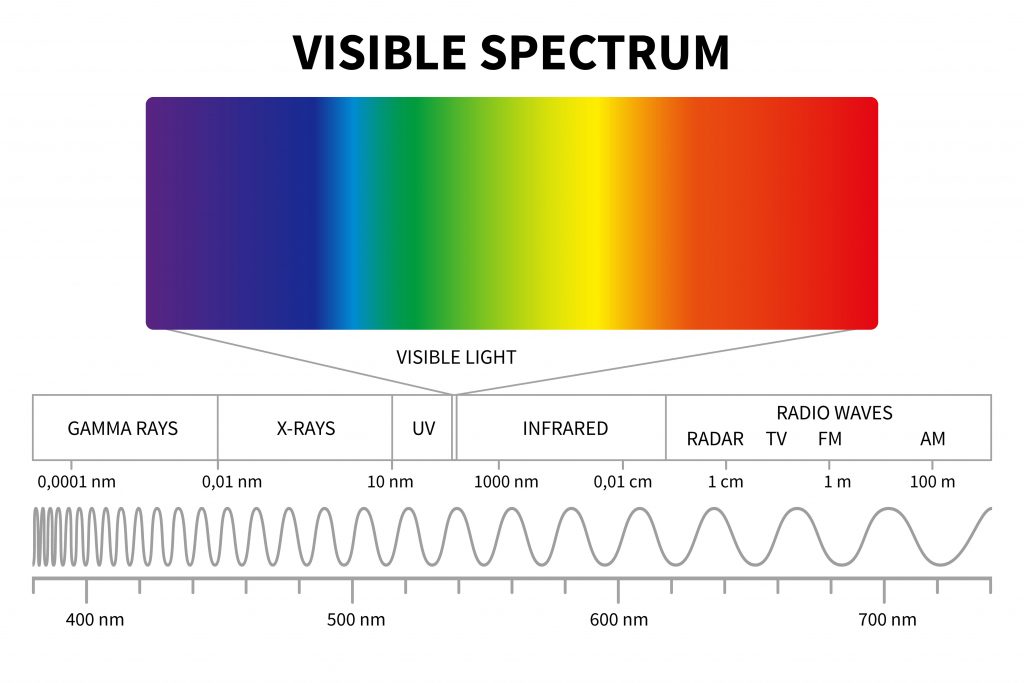
Grow Light Placement Tips
Hanging or placing lights over the plant beds or pots is that the best arrangement because it mimics natural sunlight from overhead and exposes all sides and leaves of a plant to the synthetic light.
As a rough guide, incandescent grow light bulbs should be a minimum of 24 inches over your plants. Fluorescent and LED lights have a lower heat signature, in order that they will be placed 12 and 6 inches over plants respectively.
Keep adjusting the position of the grow light as your plants develop and mature to take care of the correct distance. Consult your particular model and kind of design for exact specifics and directions.
And remember that the lighting level required for growth indoors depends upon the characteristics of the actual plant being grown. Looking at what you would like to grow, you will need different lights set at a unique height for specific plant areas.
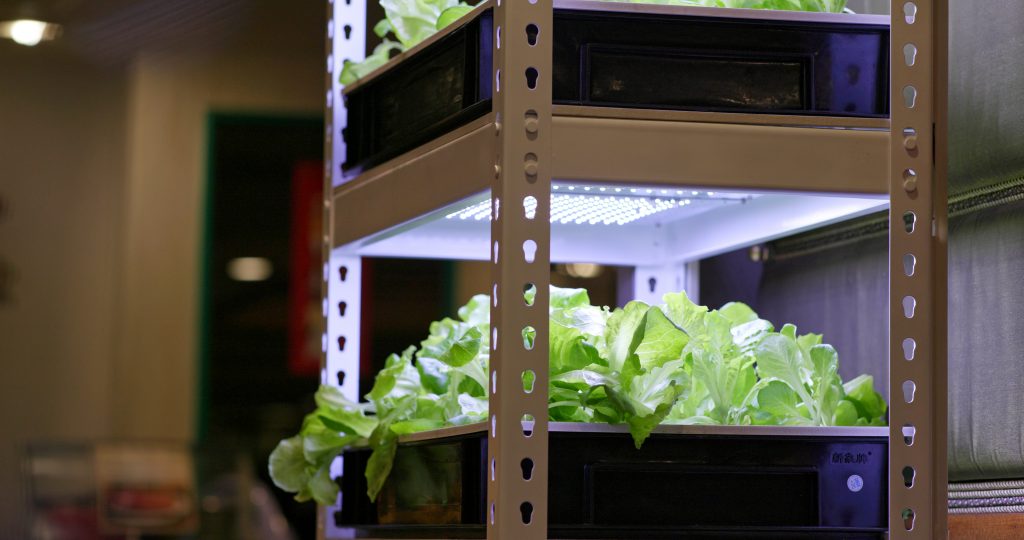
How Long Should a Plant Grow Light Be Left On?
As a general rule of thumb, most vegetables and flowering plants need 12 to 16 hours of sunshine per day, with flowering plants at the highest end of that range.
Plan on giving most plants a minimum of 8 hours of darkness per day.
But remember that different types of plants may have different amounts of sunshine.
Darkness is really important for the plant growth cycle. During the day, sunlight helps plants produce energy through photosynthesis. At night, however, plants break this energy down for growth and flowering during a process called “respiration”.
Check your seed packaging or plant tags, or ask at the nursery for specific suggestions. And ensure you switch your grow lights off every once in an exceedingly while. nobody likes to figure 24 hours daily – even plants!

